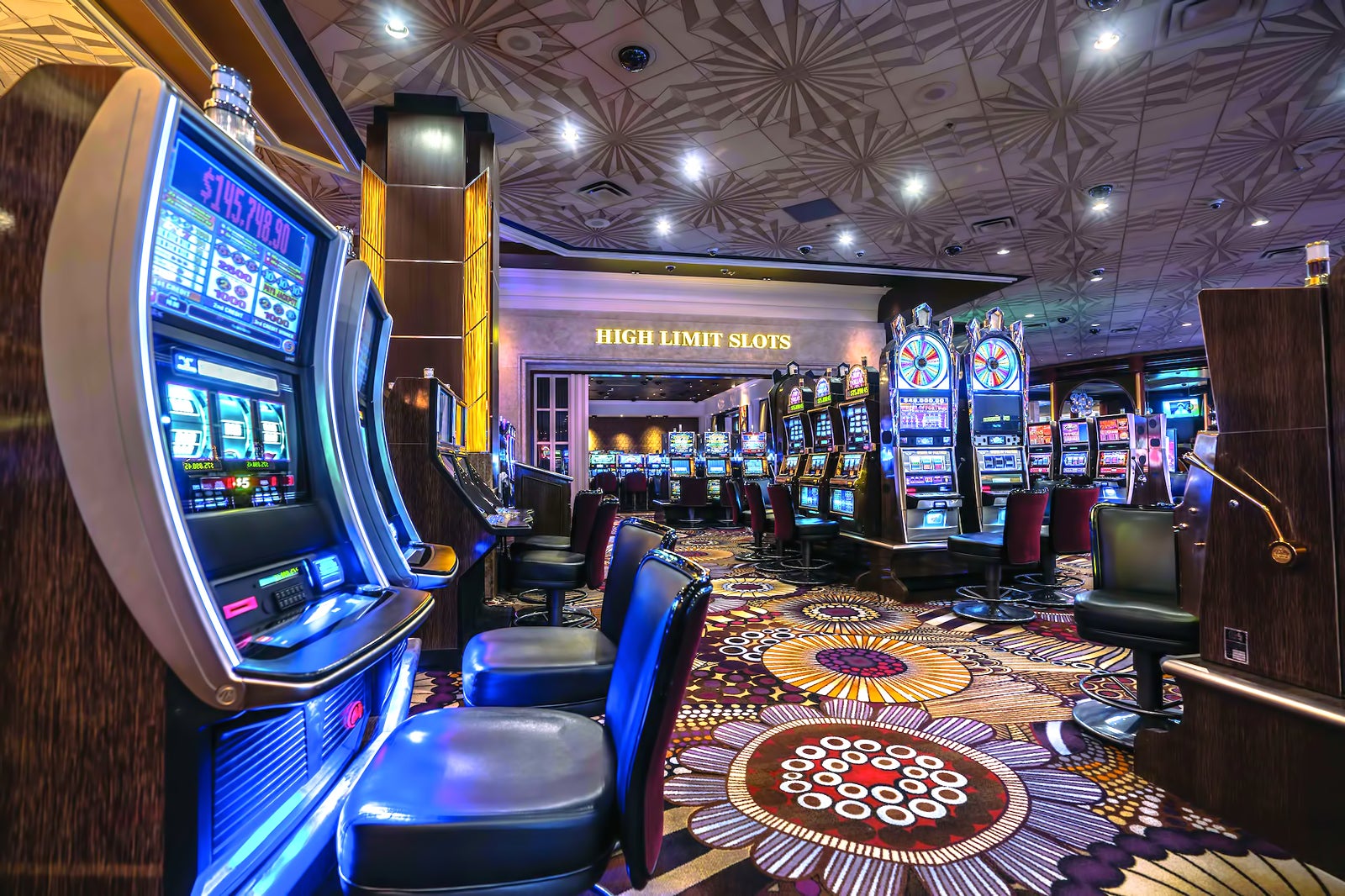The fascinating Psychology That drives Casino Game Development

Gambling games have long captivated people’s attention, drawing participants into a universe filled with fortune, strategy, and the allure of adventure. Each experience is meticulously crafted not just for fun, but also to inspire specific emotional responses that keep gamblers engaged and committed. Understanding the reasons behind these designs reveals much about how human psychology plays a vital role in the gaming experience.
From the vivid lights and lively sounds to the complex layering of systems and payoffs, casino games are designed to create an atmosphere of excitement and anticipation. Game designers leverage psychological principles to influence participant behavior, whether through the use of jackpots, close-call situations, or community engagement. By examining these aspects, we can better appreciate how casino games fulfill not just a desire for entertainment, but underlying psychological needs for excitement and risk.
Comprehending Player Actions
Casino games are designed with a profound grasp of player psyche, which is crucial for luring and retaining players. The thrill of the game, combined with the expectation of winning, creates a powerful draw. Game designers utilize elements like sound effects, vibrant graphics, and immersive gameplay to engage attention and generate emotional responses. These sensory effects enhance the total environment, making players feel more invested in the game.
Another notable aspect of player behavior is the notion of risk versus reward. Casino games often balance high-risk scenarios with the potential for considerable rewards, which can cause the event known as near-miss effect. When players come within reach to winning, the brain produces dopamine, strengthening their behavior and prompting them to persist playing in search of that hard-to-reach win. This cycle of anticipation and letdown plays a critical role in how games are constructed and marketed.
Lastly, social factors also play a central role in player behavior at casinos. Many games are made to be played in pairs or with other players, fostering a sense of community and shared experience. The social interaction inherent in games like baccarat enhances enjoyment and can culminate in longer play sessions. Designers take advantage on this by designing environments that invite players to stay, connect, and come back, making the overall casino experience more inviting.
The Role of Imagery and Audio
Visuals and sound play a crucial role in improving the player’s experience within gambling games. Designers utilize vibrant colors, eye-catching graphics, and captivating animations to grab gambler’s attention and hold their focus. The use of motifs, such as exploration or opulence, helps create an engaging atmosphere that takes players into another world. By appealing to the senses, these elements add to a heightened emotional response, encouraging players to interact more profoundly with the games.
Sound design is just as important in reinforcing the experience of gambling games. The mix of background music, audio effects for winning combinations, and environmental noises creates an sound landscape that keeps players fascinated. Sounds associated with wins, such as ringing bells or festive music, evoke feelings of thrill and satisfaction, encouraging players to keep playing. These sound cues are strategically placed to amplify the thrill of the game and create a more engaging experience.
Moreover, the alignment of visuals and audio is essential for reinforcing the game’s overall concept and mood. Each element should coordinate harmoniously to create a unified experience that pulls players in. The effective use of this integration not only improves user satisfaction but also boosts the likelihood of repeat play, as players become more invested in the captivating world that the gambling games offer. This thoughtful integration of visuals and sound ultimately enhances player involvement and commitment.
Incentive Structures and Engagement
The design of gambling games heavily relies on reward systems to keep players engaged and returning for additional experiences. These structures are rooted in psychological theories that exploit human nature and motivation. Players are often motivated by the thrill of winning, which is supported by instant responses through the game structure’s design. This prompt satisfaction not only improves the gaming experience but also fosters a feeling of achievement, prompting players to continue participating in hopes of greater gains.
Gaming establishments utilize various reward structures, including large payouts, bonuses, and increased rewards, to engage players. These elements create a level of thrill that maintains engagement. Additionally, the unpredictability of results plays a significant role in sustaining interest. The variable reward system, where successes are random but occur often enough, maintains players on edge and driven to continue participating. This cycle of anticipation and anticipation is foundational to the success of casino games.
Moreover, community aspects, such as competitive events and collaborative options, enhance the participation factor by leveraging the competitive nature of players. The shared experience of gaming with others can amplify the thrill of winning and create a sense of community within the gaming space. By integrating these social dynamics with efficient incentive structures, gambling experiences not only offer entertainment but also foster a stronger bond among participants, solidifying their commitment to the gaming experience. casino non AAMS
